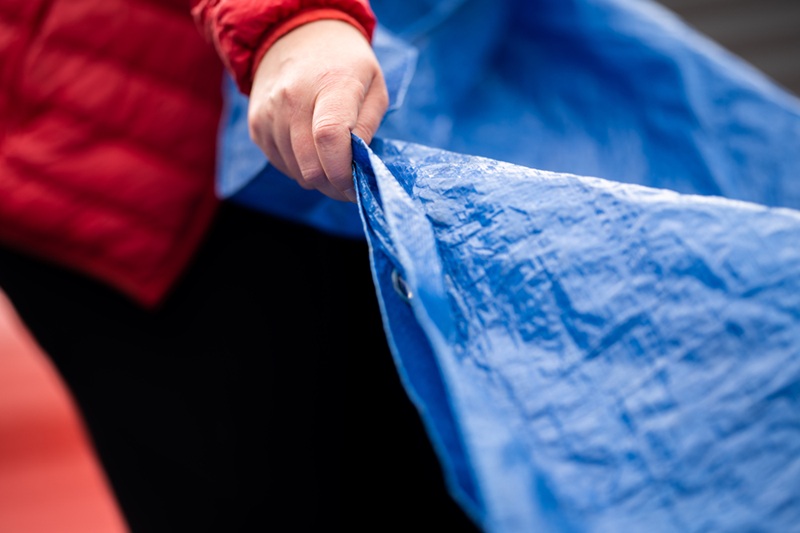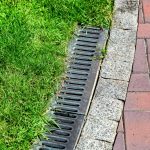How to Select Tarps for Harsh Weather Protection

Keeping your valuables safe and shielded against rough, unpredictable weather is a top priority. Protecting heavy machinery, your beloved family car, or carefully curated patio furniture sets all depend on picking the right cover for them. So, if you require good tarps, here’s how to pick one (or more) that’s tough enough to withstand any storm!
Understanding Tarp Materials
Various materials are used to make tarps, each offering distinct benefits. Polyethylene tarps are popular for their affordability and water resistance. They feel feather-light and are simple to manage. However, they may not offer the durability needed for long-term exposure.
Canvas tarpaulins, on the other hand, provide excellent strength and breathability. They let air through. This stops moisture from building up inside. However, remember that these things weigh more and can start soaking up water over the years.
Vinyl tarps stand out for their toughness and resistance to tearing. These can take on the toughest jobs and stand up to bad weather for ages. However, they tend to be more expensive than other options.
Assessing Weather Conditions
Before choosing a tarp, it’s crucial to consider the specific weather conditions it needs to withstand. For areas with heavy rainfall, a waterproof tarp is necessary. Polyethylene or vinyl options work well in these situations due to their water-resistant properties.
In regions prone to strong winds, selecting a tarp with reinforced grommets and edges can prevent tearing. A beefier material holds its ground. It resists damage too.
Got a spot that bakes in the sun? You’ll want tarps that stand up to UV light; otherwise, they won’t last. Imagine your outdoor gear lasting years longer––wouldn’t that be a blessing? These tarps stop the sun’s damaging effects dead in their tracks. Vinyl and some polyethylene tarps often include UV protection.
Size and Fit Considerations
Selecting the right size is vital for effective protection. A tarp should be large enough to cover the entire area or item without leaving gaps. Measuring the dimensions of the item ensures an appropriate fit.
It’s beneficial to choose a tarp slightly larger than the item to allow for secure fastening. That little bit of extra room lets us easily pivot if plans shift.
Additionally, consider the shape of the item being covered. Custom-shaped tarps might be necessary for irregularly shaped objects to provide complete coverage.
Tarp Features and Accessories
Modern tarps come with various features that enhance their functionality. The strong edges and sturdy metal rings let you tie things down tight. That’s super important when the wind really picks up. Some tarps include built-in ropes or tie-downs for added convenience.
Color can also play a role in tarp selection. Wearing light colors helps you stay cool because they reflect sunlight. For better defense against harsh UV rays, though, darker fabrics usually offer more protection.
When choosing accessories, bungee cords and tie-down straps are useful for securing tarps. These fasteners grip the tarp tightly, stopping it from flying off when the wind whips.
Maintenance and Care
Proper maintenance extends the life of a tarp. Keeping things clean stops grime from messing up the material. Using mild soap and water for cleaning is usually sufficient.
Storing tarps in a cool, dry place when not in use prevents mold and mildew. Folding them neatly reduces creases and prolongs durability.
Inspecting tarps for damage before each use is essential. Repairing small tears promptly with patch kits can prevent further deterioration.
Cost vs. Quality
Balancing cost and quality is crucial when selecting tarps. While investing in a high-quality tarp may require a higher initial cost, it often results in better protection and longevity. Consider the value of the items being covered and choose a tarp that offers adequate protection.
Paying a bit more for something good often saves you cash later because you won’t have to keep buying new ones.
Final Thoughts
To get a tarp that truly stands up to nasty weather, you’ve got to consider its material, the specific weather conditions, how big it is, and any special components. When you know what matters and pick good stuff, your valuables stay safe. When you take good care of your tarps, they stick around longer. This makes them a trusty friend for keeping out the rain or the sun.






























